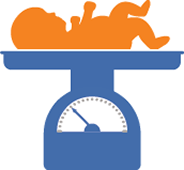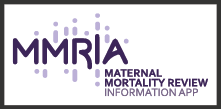The US Opioid Crisis: Addressing Maternal and Infant Health
Opioid use disorder (OUD) can cause many negative health outcomes for mothers and their babies, both during pregnancy and after delivery. Infants can be born with breathing and feeding problems, and mothers are at risk of opioid-related overdoses. As part of its overarching five-point strategy to prevent opioid overdoses and harms, CDC is taking specific actions to prevent OUD among pregnant women and women of reproductive age and to make sure women with OUD get proper treatment.
The Toll

The rate of overdose deaths among women

Opioid use disorder has gone up more than 4 times among pregnant women.

4 times as many infants were born with neonatal abstinence syndrome (NAS) in 2014 than in 1999.
Health Outcomes
Opioid use disorder during pregnancy has been linked to:

Preterm Birth

Breathing Problems

Low Birthweight

Feeding Problems

Maternal Mortality
Strategies for Addressing OUD among Pregnant Women

CDC’s Response

Conducting surveillance using the Pregnancy Risk Assessment Monitoring System (PRAMS) to document substance use before and during pregnancy among mothers who recently gave birth

Issuing guidance on opioid prescribing for chronic pain, including for pregnant women

Building state capacity to better identify women with OUD during pregnancy and standardize care for mothers and NAS-affected infants through perinatal quality collaboratives (PQCs)

Improving data quality and standardization for pregnancy-associated overdose deaths to inform prevention

Monitoring and reporting on the incidence of NAS
Page last reviewed: August 9, 2018